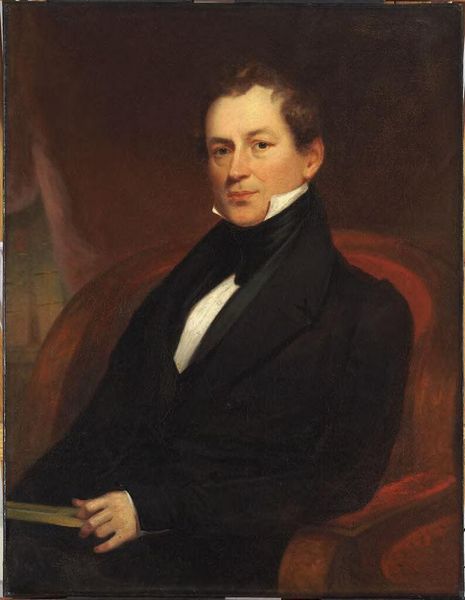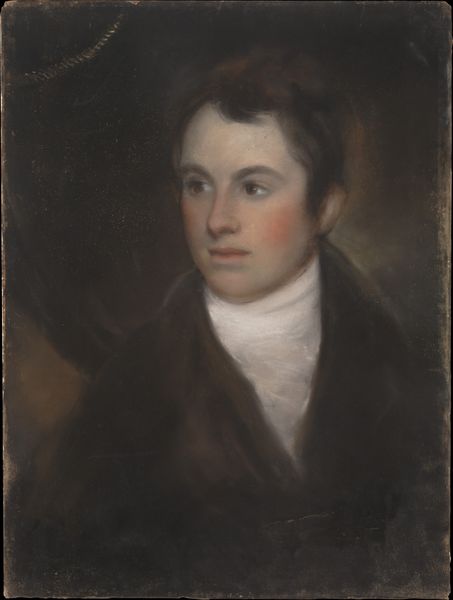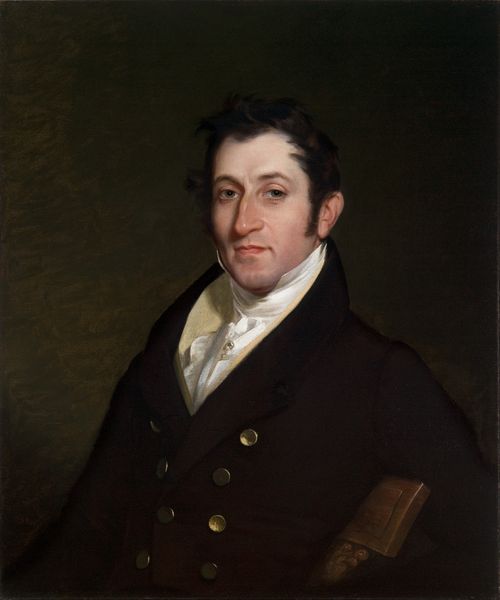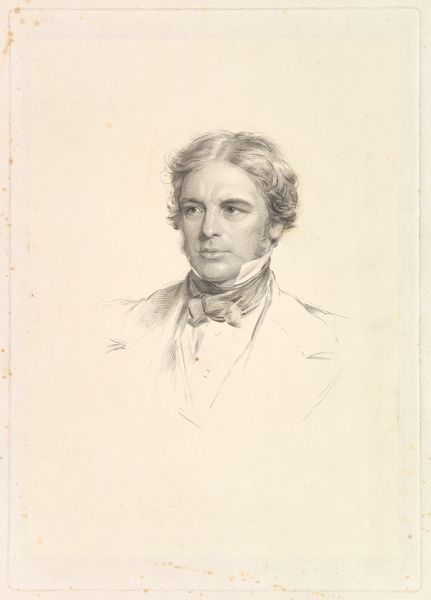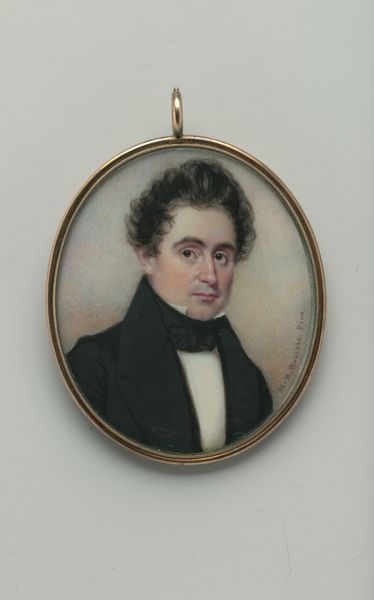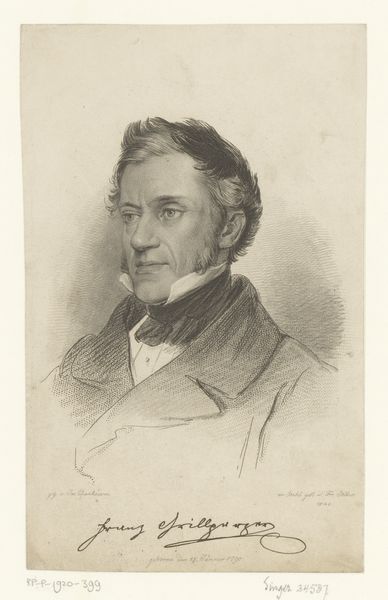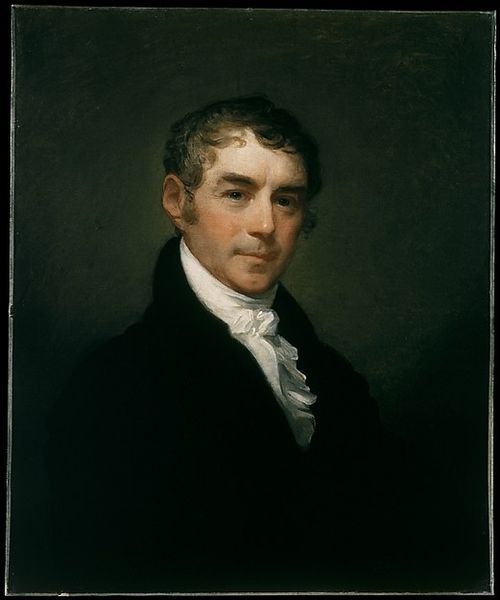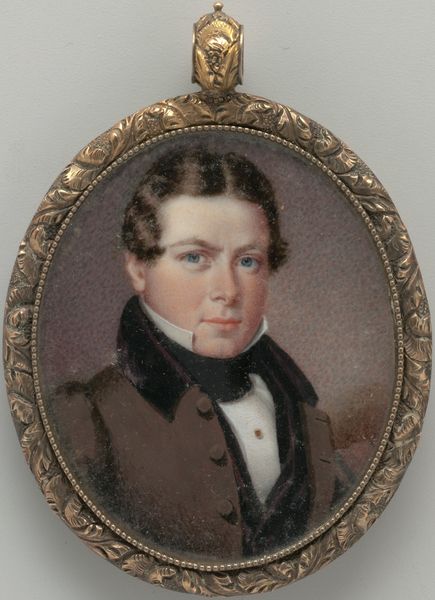
Samuel Finley Breese Morse, Captain Demaresque of Gloucester
0:00
0:00
painting, oil-paint
#
portrait
#
portrait
#
painting
#
oil-paint
#
figuration
#
romanticism
#
academic-art
Copyright: Public domain
Editor: This oil painting is a portrait by Samuel Finley Breese Morse titled “Captain Demaresque of Gloucester.” I’m struck by how the stark lighting isolates the Captain, creating a sense of both formality and vulnerability. What is your interpretation of this portrait? Curator: Well, it’s crucial to see this piece through the lens of its socio-political moment. Romanticism frequently engaged with ideas of heroism and individualism. Given the context of early 19th-century America, particularly Gloucester's reliance on maritime industries, how does the painting comment on class, labor, or social mobility? Does the painting depict the reality of Captain Demaresque or does it reinforce an idealised image? Editor: That’s interesting. I hadn’t considered the connection between his occupation and the artistic style. Could the formality suggest something about the Captain's social aspirations? Curator: Precisely. Portraits in this era were often powerful statements about social identity and aspiration. Is he presenting himself as part of a nascent elite or demonstrating the strength and leadership inherent to his position within his community? And consider what it means to have one’s portrait painted at all - who had access to such opportunities and why? Editor: So, reading the artwork requires understanding not just artistic techniques but also the power structures within society. It is much more than a formal portrait. Curator: Exactly! The artwork becomes a space for examining historical narratives, offering glimpses into societal dynamics related to class, labor, and even the construction of masculinity at the time. Editor: I definitely see this painting differently now. It is much more charged with meaning than I first thought. Curator: It's about recognizing how artworks both reflect and shape their surrounding world. There are worlds within worlds.
Comments
No comments
Be the first to comment and join the conversation on the ultimate creative platform.



